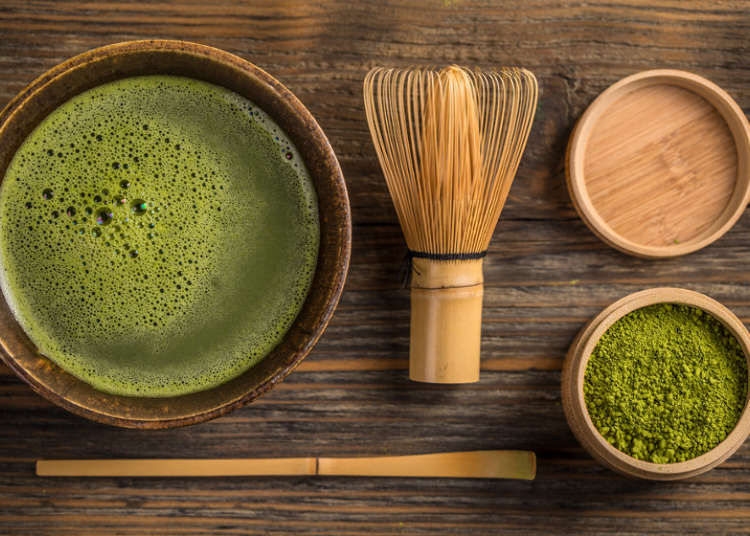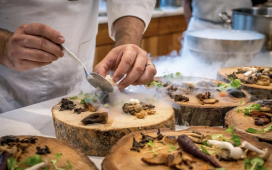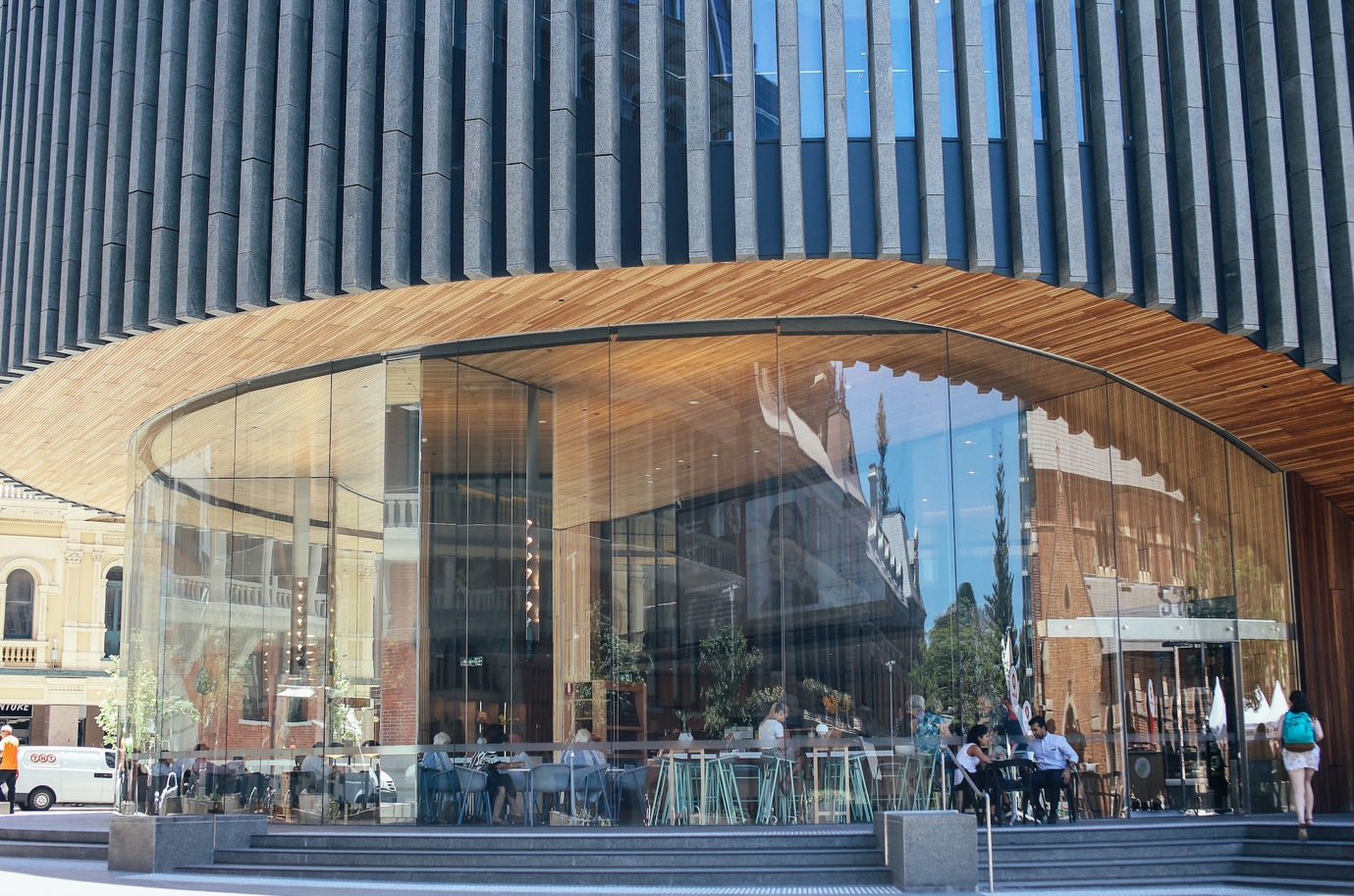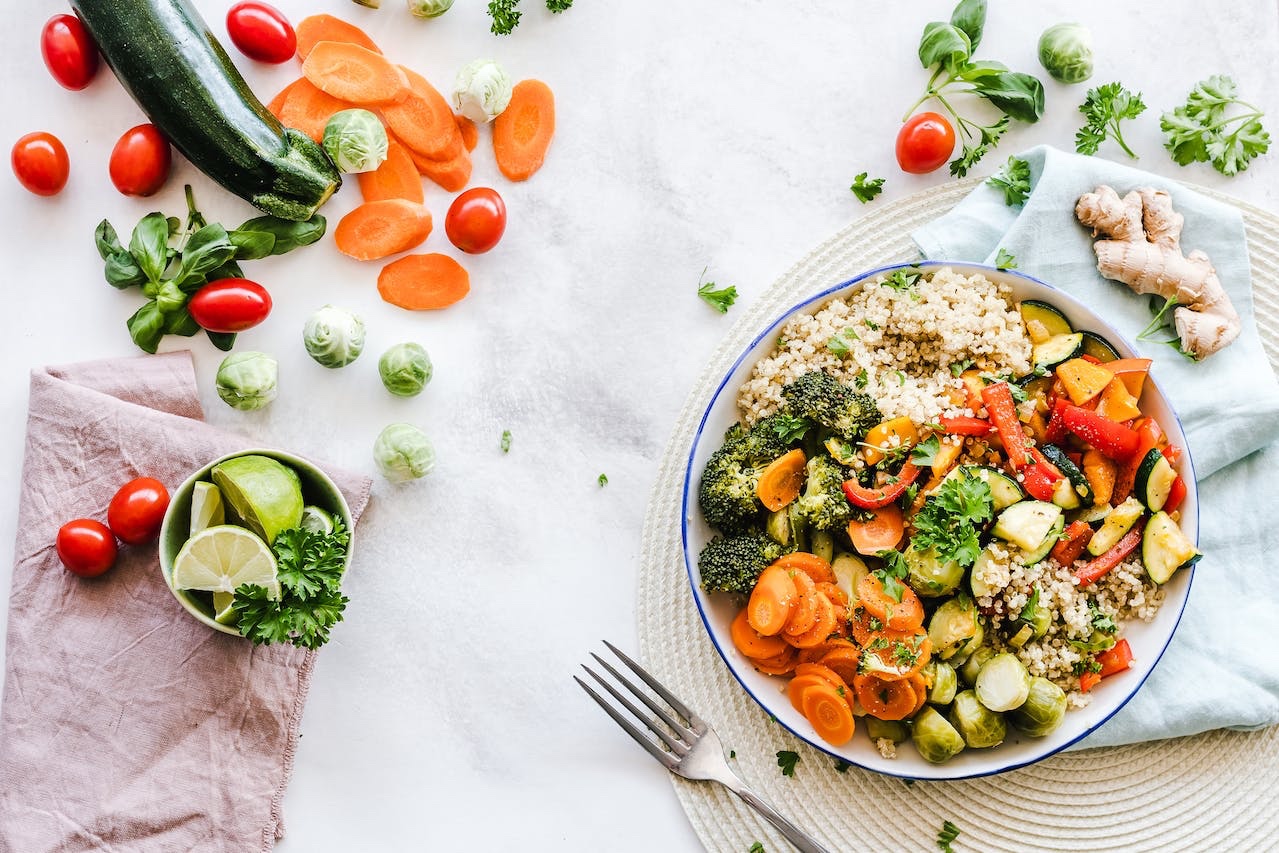In an era where sustainability intertwines with creativity, the concept of an edible landscape has taken root in the hearts of gardeners and food enthusiasts alike. No longer must vegetable plots be relegated to the backyard, hidden away like a utilitarian afterthought. Today’s edible landscapes marry form with function, transforming a traditional garden into a cornucopia of delight, where the fruits of labor are both visual and gastronomic.
Creating an edible landscape is an artful endeavor, requiring an eye for beauty and a taste for freshness. The key lies in considering the garden as a palette, where vegetables, fruits, herbs, and flowers are chosen not only for their flavors but also for their aesthetic appeal. Start by assessing your space and its potential. Sunlight, soil quality, and climate are your guiding stars; let them influence your choices and designs.
The foundation of your edible landscape is diversity. Intersperse leafy greens like kale and Swiss chard among vibrant flowers such as nasturtiums and marigolds, which not only add a splash of color but also repel pests. Utilize varying heights and textures to create visual interest; place taller plants like okra or sunflowers as focal points, and allow sprawling species like squash to meander through the garden bed. The addition of fruit-bearing shrubs and trees provides structure and a backdrop for the softer textures of annuals and perennials.
Edible landscapes are not solely about plant selection; they are also about layout and design. Circular beds, winding pathways, and even raised boxes can add structure and elegance. Incorporate materials like wood, stone, or brick for pathways and borders to define spaces, making your garden an alluring destination rather than a mere plot of land. This site offers plenty of layout and design products to transform your edible landscape.
Seasonal Maintenance and Permaculture
The maintenance of an edible garden is also an aesthetic practice. Regular pruning, harvesting, and replacing spent plants with seasonal varieties ensure that the garden remains attractive and productive throughout the year. Implement a composting system to recycle nutrients back into the soil, thereby supporting the next cycle of growth. This natural rhythm resonates with the philosophy of permaculture, which promotes sustainable and self-sufficient garden ecosystems.
Communal Celebrations from Your Edible Landscape
But the true joy of an edible landscape comes not just from solitary contemplation but from sharing the bounty. Imagine hosting a late summer evening soirée, where family, friends, and neighbors walk among the beds, picking cherry tomatoes and rubbing aromatic herbs between their fingers, their senses alive with the fragrances and textures of your garden. The meal that follows is a celebration, a literal taste of the landscape they’ve just admired, with dishes that showcase the freshest of picks. To elevate the experience further, craft personalized invitations to your garden feast using a free online tool. Select a premade invitation template that captures the essence of your garden—a sprig of lavender or a watercolor vegetable print—and customize it with your choice of fonts, images, and design elements. These bespoke invitations provide a foretaste of the ambiance and flavors your guests can anticipate, setting the tone for a memorable garden-to-table event.
As you embark on this journey to create an edible landscape, remember that it’s a reflection of your taste and creativity. It’s not just about producing food; it’s about nurturing beauty and community. With every plant you sow and every meal you share, you’re contributing to a more sustainable and connected world, one garden at a time. So, don your gloves and let the alchemy of earth and effort lead you to a bountiful and beautiful harvest.






